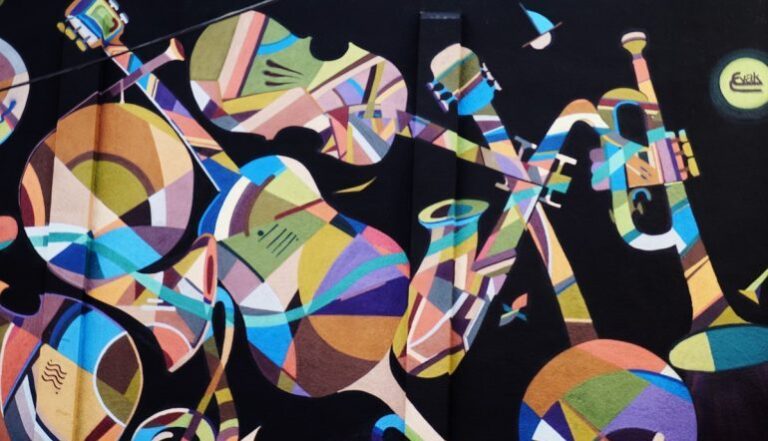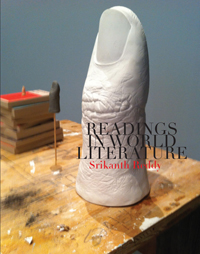Step Away from the Tab Key…or Don’t

As a change from the didacticism and mostly-benign aesthetic dictatorship of my recent posts, and before I review anything (though that’s coming), perhaps it’s time I ask a question instead of attempting to answer any.
Within recent memory I had cause—or thought I had, anyway—to post a link on my Facebook account to a Mary Oliver poem. That’s always kind of dicey, of course—because with living poets, one can’t be sure doing so constitutes fair use, especially when one knows little about the author of the site linked to; because there’s always a chance the author’s gotten something wrong; because Facebook’s ownership provisos and caveats and claims are both endless and endlessly obscure (cf: South Park’s recent episode on Apple); but mostly because almost no link other than the Academy of American Poets and its fellows can really manage the stepped lines.
Indeed, when I teach Mary Oliver, if I do any transcribing, I can barely manage the stepped lines. Do I render a given step as three indentations? Five? One tab for the first, two for the second, three for the third? Or is it four for the third? Does it matter, if the lines seem consistently stepped relative to each other? Could the number of spaces to each succeeding step possibly be a function of Oliver’s keyboard, rather than of some specific count? These aren’t rhetorical questions. I really don’t know, not being a line stepper myself; the number of spaces in stepped lines could have all the numerological significance of medieval alchemy, for all I know. And the prospect of screwing it up, even via a lighthearted (or lightminded) link, is not a pleasing one.
On the bright side, it’s given me cause to think about line breaks, especially when so many contemporary poets write lyric free verse, in which line breaks are theoretically a matter of judgment. In class, many a student has asked (and many another should have) how a poet decides where to break a line. And just because I can’t resist asserting at least a few answers (perhaps an occupational hazard of too much time in the classroom) here are some, though I’m betting any Ploughshares reader already knows all of them and then some. Poets may break lines
- After the last foot, stress, or syllable of their pattern, if they’re writing in anything resembling regular meter. Even if they aren’t, it’s rare for one line in a poem to be radically longer or shorter than most of the other lines. Many poets have a certain loose length and pattern to their lines across poems and decades.
- On the rhyme-word, if a poem rhymes. If it doesn’t, though, there’s often a sound of some kind at or near the end word that they want to emphasize—with the ear, if not with the mind. It might be an assonance, a consonance, an alliteration, whatever. They may or may not be consciously aware of it, though whether they are probably doesn’t matter too much (looking at you, students who want to find out what the poet was “trying to say”…because of course those poor dumb bastard poets just can’t really say it: they need a fifteen-year-old to help them spit it out.)
- Where they think it sounds prettiest—though this is often connected to meter and rhyme. A poet who keeps writing and publishing generally has “a good ear”—he or she knows when something “sounds good,” and if we as readers feel like digging at it a little, we can usually figure out why it sounds good.
- On the phrase or the clause—that is, after a mildly (or not-so-mildly) conclusive chunk of sentence. There may not be a comma, or a semi-colon, or a period there, but often there’s a kind of implied pause given by the structure of the sentence itself. (There are worse reasons to break a line.)
- After a word requiring emphasis.
- In a place that will render the line open to two readings, both of which the poet wants, like the famous final line break in Wright’s “A Blessing.”
- In a place which will increase tension or surprise: that will render the next word of the first line something of a surprise, or allow that next word to change from the meaning readers expected.
- After a stressed word—the interestingly-named “masculine ending.” Conventional wisdom suggests that half or more of a poem’s endings should be masculine; too many feminine endings tend to fall away and leave a sense of incompletion.
That’s not all, of course; but it’s not a bad place to begin, especially for anyone who might be planning to teach some poetry tomorrow morning. So far, so good. But barring a few visual effects on which I’m less than qualified to speculate, what about stepped lines? What are the five or more great reasons to put your eventual typesetter or InDesign maven through those jumps?
That’s not a rhetorical question, either, so, readers, please post your great answers in the comments. Thanks!
This is Angela’s fourth post for Get Behind the Plough.

